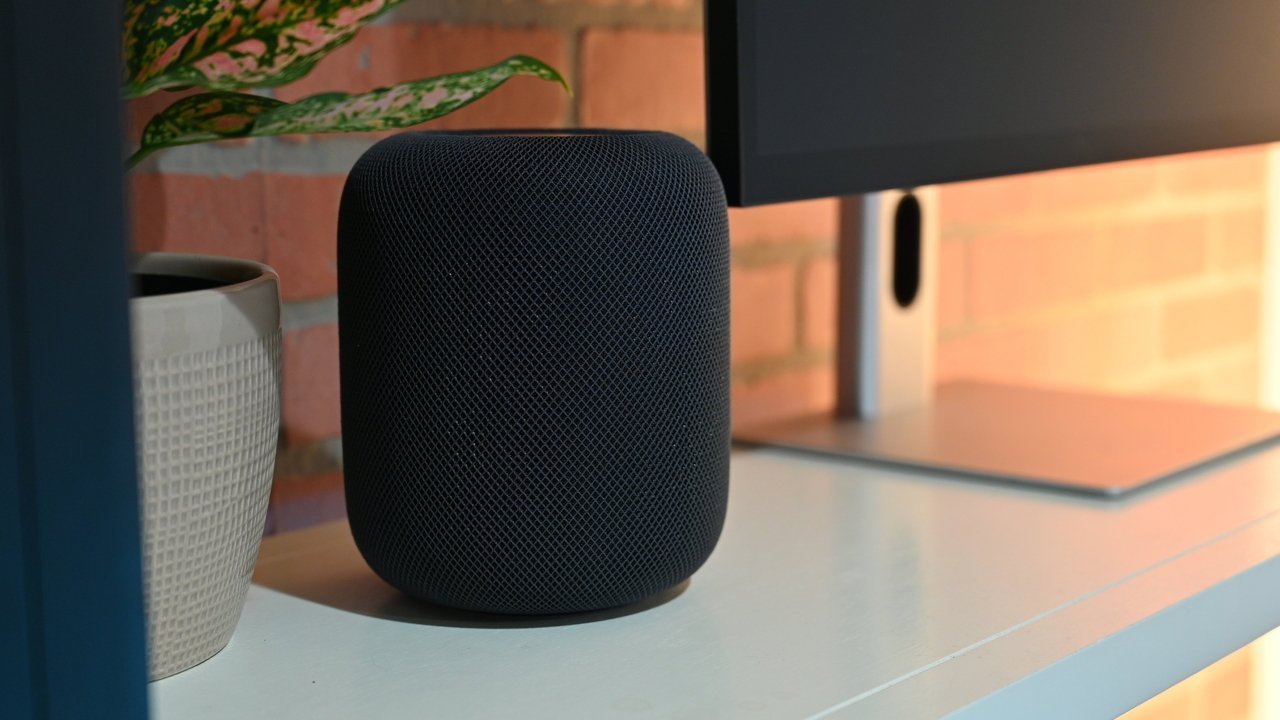A repair specialist on YouTube specializing in HomePod and other Apple device remediation has discovered that the debug port on the bottom of first-gen HomePods can be adapted to be used as a direct speaker for Mac.

Even the first-generation HomePod has a few hidden tricks up its sleeve.
YouTube creator "NicsFix" recently posted a video featuring a first-generation HomePod that had a dead Wi-Fi chip, rendering it unable to be used on a Wi-Fi network. While plugging in a custom cable he made to fit the debug port hidden inside the bottom of the HomePod, he discovered that plugging the USB end into his Mac made the HomePod appear as a USB speaker.
The test HomePod's other components worked fine, but the Wi-Fi chip was unrepairable unless one could source a replacement. Because the USB connection appeared to allow the HomePod to be used as a speaker, Nic experimented further.
He found that Airfoil, an app made by Rogue Amoeba, could be used to pipe the same Mac sound source to multiple functioning AirPods along with the one connected by USB. Nic used a leftover speaker grill from another disassembled HomePod for a makeshift stand that raised the HomePod up sufficiently so that the debug port and cable on the bottom weren't obstructed.
The video focuses on the HomePod's hidden USB audio ability for about the first 18 minutes of the two-hour video, and returns to the topic again in the final five minutes. The middle portion of the video deals with repairing a HomePod with power issues.
AirPlay allows a peer-to-peer option
While Nic's discovery takes advantage of a hidden ability in the HomePod, another technique can come in handy when the HomePod is in an environment where Wi-Fi is not available. AirPlay also allows users to use Peer-to-Peer to communicate wirelessly with first-gen and later HomePods.
To do this, you will need to open the Home app on your Mac, iPad, or iPhone. Tap the Location arrow, tap Allow Speaker Access, and select Everyone.
This will enable music streaming, but it does have drawbacks. Other HomePod features, such as stereo pairing, Siri, timers, or the intercom function, are not available on Peer-to-Peer. It also means that anyone nearby with an Apple device can also "see" and add the HomePod to their device.
